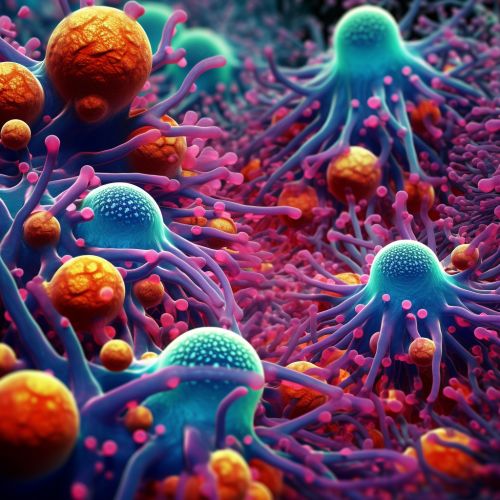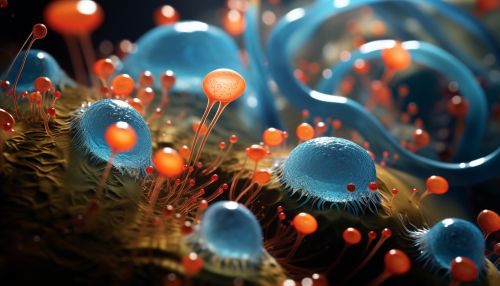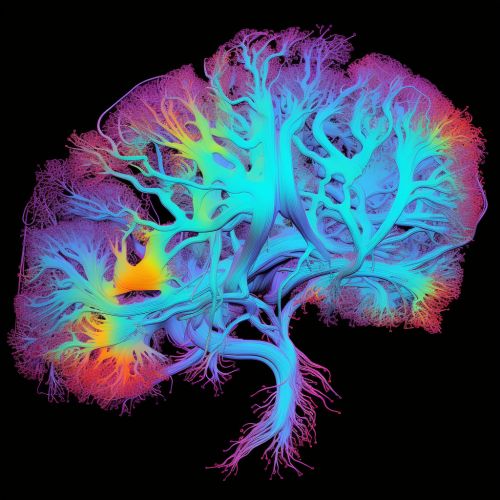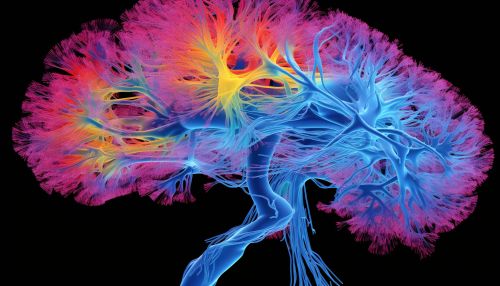The Role of Glycomics in Disease Research
Introduction
Glycomics is the comprehensive study of glycomes (the entire complement of sugars, whether free or present in more complex molecules, of an organism), including genetic, physiologic, pathologic, and other aspects. Glycomics, analogous to genomics and proteomics, follows the paradigm of large-scale analyses of entire complement of sugars in organisms. Due to the complexity of sugars, the variety of their structures and the wide range of biological functions they are involved in, glycomics is often considered the last frontier of biological sciences. The complexity of the glycome due to the vast number and diversity of isomeric glycan structures found in nature is much greater than that of the proteome or the genome.


Role in Disease Research
Glycomics has a significant role in disease research, particularly in the study of cancer, infectious diseases, and neurodegenerative disorders. The study of glycan structures, their biosynthesis, and their biological functions are essential for understanding the complex mechanisms of diseases. Glycans play a critical role in many biological processes, including cell-cell interaction, immune response, pathogen invasion, and cancer metastasis. Therefore, changes in glycan structures are often associated with disease states, making them potential biomarkers for disease diagnosis and targets for therapeutic intervention.
Cancer Research
In cancer research, glycomics has been used to identify specific glycan structures associated with different types of cancer. For example, alterations in the glycosylation patterns of glycoproteins and glycolipids have been linked to tumor progression and metastasis. These altered glycan structures can serve as potential biomarkers for cancer diagnosis and prognosis. Furthermore, the study of glycan structures can also provide insights into the mechanisms of cancer cell invasion and metastasis, leading to the development of new therapeutic strategies.


Infectious Diseases
In infectious diseases, glycomics has been used to study the interaction between pathogens and host cells. Many pathogens, including bacteria, viruses, and parasites, interact with host cells through glycan structures. Therefore, understanding these interactions can provide insights into the mechanisms of pathogen invasion and immune evasion. Furthermore, glycan structures can also serve as potential targets for the development of new antimicrobial drugs and vaccines.


Neurodegenerative Disorders
In neurodegenerative disorders, glycomics has been used to study the role of glycan structures in the function and dysfunction of the nervous system. For example, alterations in the glycosylation patterns of proteins have been linked to the development of Alzheimer's disease and Parkinson's disease. These altered glycan structures can serve as potential biomarkers for disease diagnosis and targets for therapeutic intervention.


Future Perspectives
With the advancement of glycomics technologies, such as mass spectrometry and glycan microarrays, the field of glycomics is expected to make significant contributions to disease research. These technologies allow for the high-throughput analysis of glycan structures, enabling the comprehensive study of the glycome. Furthermore, the integration of glycomics with other omics technologies, such as genomics, proteomics, and metabolomics, can provide a systems-level understanding of biological processes and diseases.


